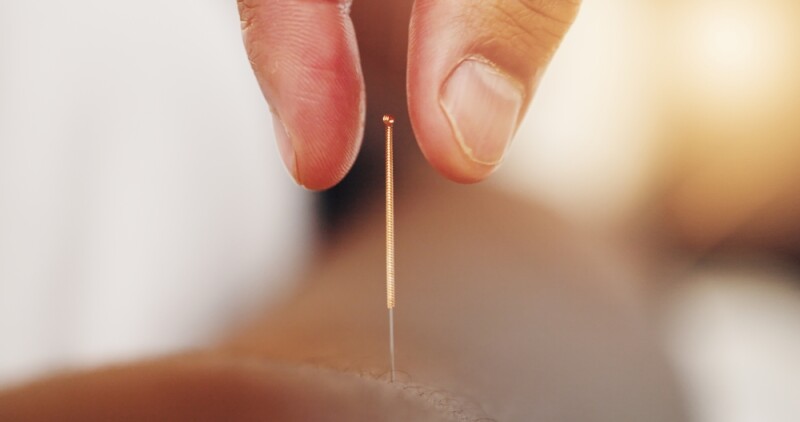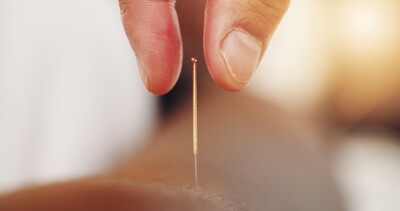Caffeine exposure may stimulate fat loss
Drinking a cup of coffee can stimulate “brown fat,” the body’s fat-fighting defenses, according to a new study published in the journal Scientific Reports.
Brown adipose tissue, also known as brown fat, is one of two types of fat found in humans and other mammals. Initially only attributed to babies and hibernating mammals, it was discovered in recent years that adults can have brown fat too. Its main function is to generate body heat by burning calories, as opposed to white fat, which is a result of storing excess calories. People with a lower body mass index (BMI) therefore have a higher amount of brown fat.
Increasing brown fat activity improves blood sugar control, as well as improving blood lipid levels, according to Michael Symonds, PhD, of the University of Nottingham in England. He said the extra calories burned also help with weight loss. Therefore, the research team wanted to find a way to stimulate brown fat activity in humans.
Researchers, funded by the EU-CASCADE fellowship, started with a series of stem cell studies to see if caffeine would stimulate brown fat. Once they had found the right dose, they then moved on to humans to see if the results were similar. Using a thermal imaging technique, the team traced the body's brown fat reserves. The non-invasive technique helped researchers locate brown fat and assess its capacity to produce heat.
From previous research, Symonds said the team knew brown fat is mainly located in the neck region, so they were able to study someone immediately after they had a drink of coffee to see if the brown fat got hotter. The results were positive, he said, and the researchers now need to ascertain that caffeine as one of the ingredients in the coffee is acting as the stimulus or if there's another component helping with the activation of brown fat.
Researchers are currently looking at caffeine supplements to test whether the effect is similar, Symonds said.
“Once we have confirmed which component is responsible for [the activity],” he said, “it could potentially be used as part of a weight management regime or as part of glucose regulation program to help prevent diabetes."




















SHARE